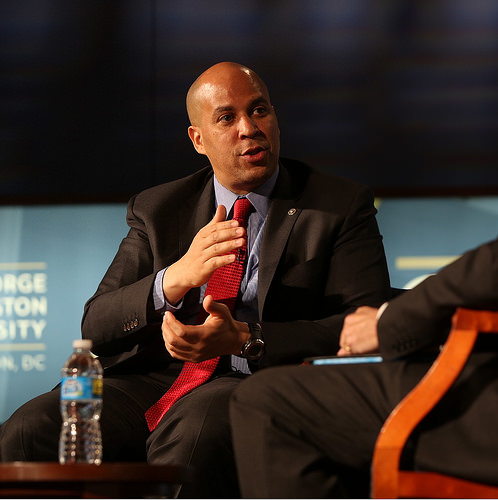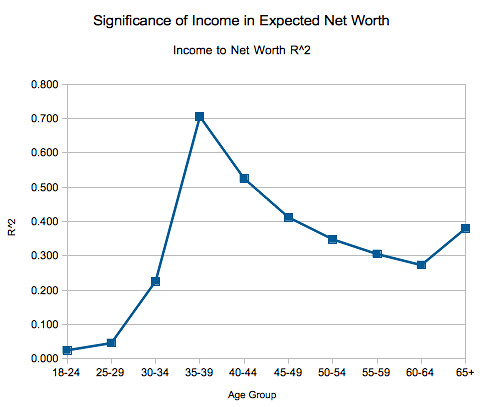https://ift.tt/2uRAseN
Six years before Mike Pence worked to put Donald Trump in the White House, became his vice president, and proceeded to lavish praise on his job performance, the Indiana politician gave a formal speech on the presidency. What did Pence think were the qualities a good president should possess, speaking from behind the veil of ignorance, when he did not yet know what sort of man would afford him the best opportunity to radically enhance his own political fortune?
By way of explaining, he told an anecdote about Calvin Coolidge, who lost a 16-year-old son while in the White House and thereafter declared, “When he went, the power and glory of the presidency went with him.” In Pence’s estimation, “There is no finer, more moving, or more profound understanding of the nature of the presidency and the command of humility placed upon it.” Thus, his standard for judging a president:
A sensibility such as this, and not power, is the source of presidential dignity, and must be restored. It depends entirely upon character, self-discipline, and an understanding of the fundamental principles that underlie not only the republic, but life itself. It communicates that the president feels the gravity of his office and is willing to sacrifice himself; that his eye is not upon his own prospects but on the storm of history, through which he must navigate with the specific powers accorded to him and the limitations placed on those powers both by man and by God.
President Trump does not strike anyone as a man who is willing to sacrifice himself; if Americans were ranked by that metric, he might be last. Power, however, seems very much a part of his sensibility.
That he lacks dignity is beyond question.
Love him or hate him, surely most will agree that Trump is the sort of man whose eyes are always and forever on his own prospects more than “the storm of history.” Neither “character” nor “self-discipline” are among his strengths. He is very nearly the opposite of the president who Pence lauded.
Yesterday, in an article about Michigan’s Hillsdale College and the commencement address that Pence delivered there this year, I argued that the Indiana politician acts in ways that suggest the morals and behaviors he claims to value most are not actually what he values most.
Lots of Hillsdale stakeholders emailed with similar concerns. And several pointed me to this speech, delivered at Hillsdale College and published in Imprimus, the digest that the institution sends out to alumni and potential donors, among others. Today, it serves as a striking illustration of a vast chasm: the chasm separating the qualities that good presidents should possess, as Pence once set them forth, from the qualities of the powerful man that Pence now publicly praises as a good president.
The dissonances go beyond that single passage. “The Constitution and the Declaration should be on a president’s mind all the time, as the prism through which the light of all question of governance passes,” Pence said. (Though we have—sometimes gradually, sometimes radically—moved away from this, we can move back to it.” Are the Constitution and Declaration always on Trump’s mind?
They are most certainly not.
In another passage Pence spoke of the bully pulpit and its potential for abuse, especially when the president’s words can reach and influence the young. “Is the president, therefore, expected to turn away from this and other easy advantage?” Pence asks. “Yes,” he avers. “Like Harry Truman, who went to bed before the result on election night, he must know when to withdraw, to hold back, and to forgo attention, publicity, or advantage.”
Among all presidents, who would rank last on that metric?
“We serve neither him nor his vision,” Pence said. “It is not his job or his prerogative to redefine custom, law, and beliefs; to appropriate industries; to seize the country, as it were, by the shoulders or by the throat so as to impose by force of theatrical charisma his justice upon 300 million others.” And yet, here Pence is serving a theatrically charismatic man appropriating the micromanagement of industrial policy—and participating himself in a theatrical walkout at an NFL game in an effort to seize the country by the shoulders and impose a vision of what’s proper.
“You must always be wary,” Pence declared in 2010, “of a president who seems to float upon his own greatness.” Can you think of anyone who does that?
And Pence’s foreign-policy advice?
“You do not bow to kings,” he said. “Outside our shores, the president of the United States of America bows to no man.” Does a Saudi prince count?
“When in foreign lands,” Pence said, “you do not criticize your own country. You do not argue the case against the United States, but the case for it.”Here’s Donald Trump the day he met with Vladimir Putin in Helsinki:
By the standards that Pence set forth before he joined his political fate and his legacy to the president, Trump would appear to be an utter catastrophe.
Said Pence near the end of his speech, “I have never doubted that Providence can appear in history like the sun emerging from behind the clouds, if only as a reward for adherence to first principles.” If only America’s current leaders adhered to first principles enough to warrant rewarding.

from Politics : The Atlantic https://ift.tt/2eqp6Ue
via
IFTTT
 The air between these blueberries would matter a lot.
The air between these blueberries would matter a lot. 






